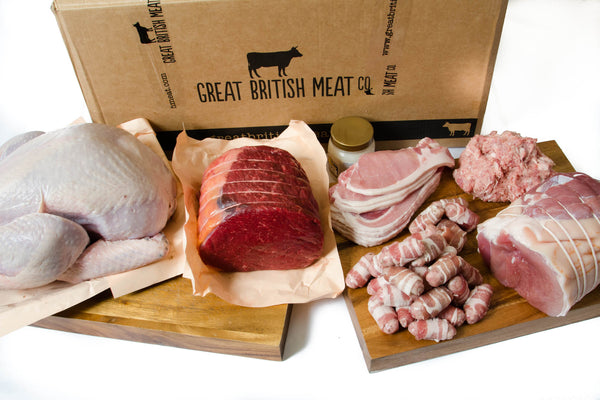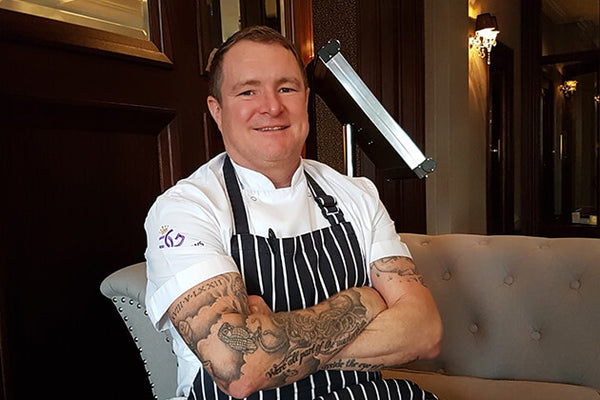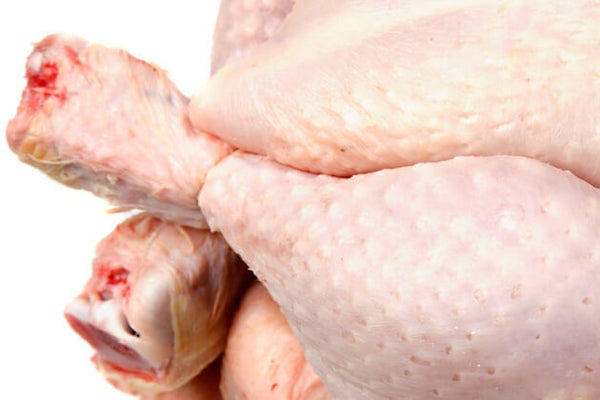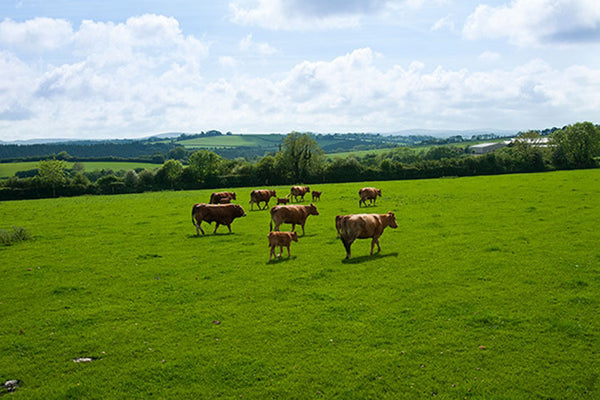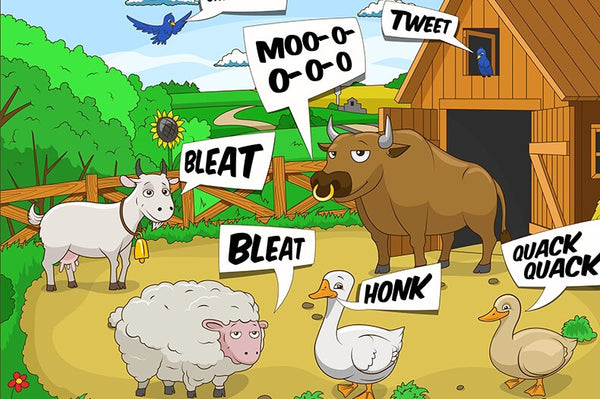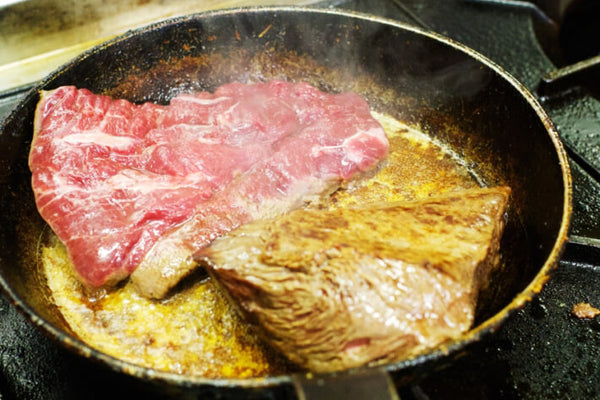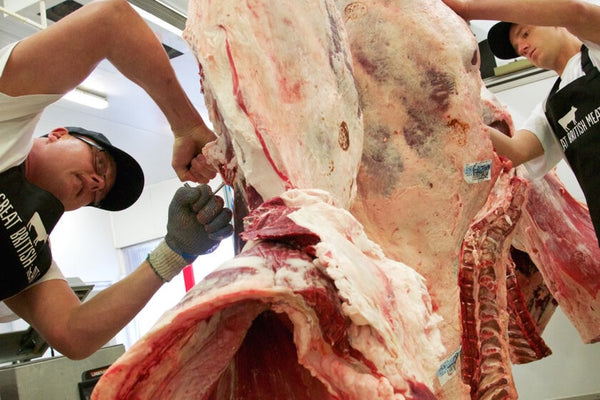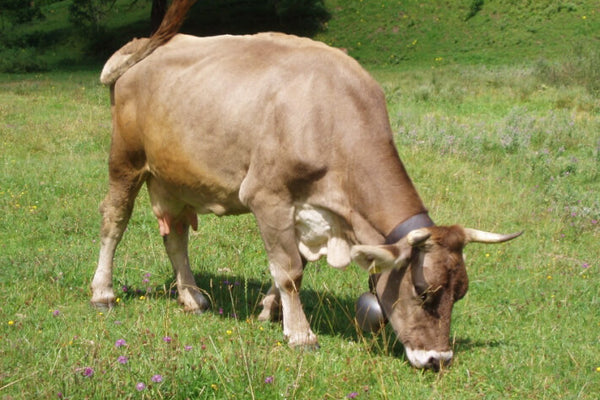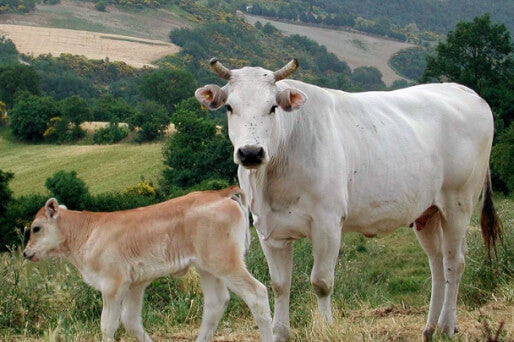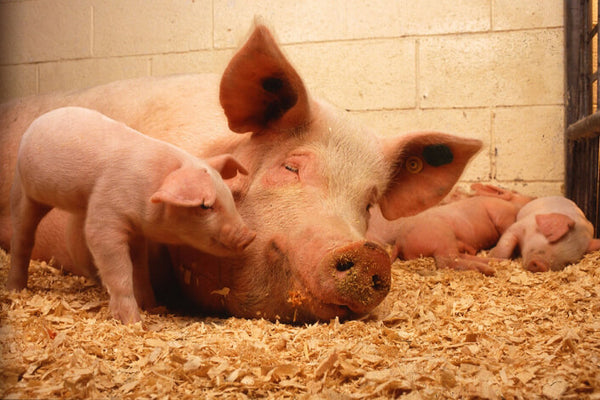
As a busy working mum, Rachel Taylorâs story will be familiar to every parent with young children. You get home from work, you fly around after the kids, you make their tea, you help with homework, you clean the house, you do the dishes,then itâs bathtime and bedtime, then when the kids are in bed youâre so exhausted you canât be bothered to cook for yourself, so you reach for the phone and order a takeaway.
It is a situation every one of us with kids here at Meaty HQ can recognise, and if youâre a parent who hasnât we absolutely salute you (even though we think youâre probably lying). For Rachel however, she realised nights like this, were becoming too frequent, and her weight had spiralled...so she did an amazing thing - she did something about it.
- Age: 34
- From: Northumberland
- Weight Loss: 4 stone 8 lbs
What made you want to go on a transformation programme?
Like a lot of people I was so busy living my life I didnât really notice how bad things had become. Gaining weight, just like loosing it, doesnât suddenly happen overnight, itâs a gradual progression, and before you know it, youâre overweight.
For me it was a combination of being busy, having a family and if Iâm being honest from comfort eating.My problem was that when Iâm feeling down in the dumps, or Iâm tired, or both, I comfort eat. Some people reach for the bottle, but for me itâs a bar of chocolate, or a takeaway. ±őłÙâs bloody exhausting being a parent of a young child with autism, while juggling work and other commitments, and while Iâm not making excuses, by the time my son went to bed, most nights I was just so knackered, that sitting on the settee with a takeaway wasnât even a hard choice to make.
Iâd known I was overweight for quite some time, and Iâd tried slimming clubs and diets in the past, but never stuck at it. I tried to loose weight for my wedding, but it didnât happen and I guess that was a big turning point as I donât like how I looked on my big day, and that made me unhappy. I think the biggest kick for me though, was that my family life had become settled, and we were into a more manageable routine. My son was settled in school, and everything just seemed to be in a better place, so I thought - you know what, itâs time to focus on me now.
How did you go about it?
Iâd tried slimming clubs on and off for about ten years or so, and they never worked out because I didnât like how restrictive they were. If you tell me I canât have something, itâs going to make me want it more than ever, and with hindsight being on a diet just wasnât for me, I need a lifestyle eating plan. I knew Slimming World had changed and that it wasnât restrictive as my friend lost 8 stone following it, so I thought if she can do it, I can do it.
I booked myself into the local club on a Saturday morning, and I went along on my own as I was doing it for me, not for anyone else, and two years later Iâm still going and enjoying it more than ever.
±őłÙâs nothing like being on a diet, and itâs not complicated itâs just about eating sensibly, having things in moderation, and trading off certain foods for others. If Iâm hungry I can eat, and there is no guilt attached as I know I am (usually) sticking within my plan. I even still get to have chocolate, itâs just now Iâll have a small piece instead of a giant bar.
How do you stay motivated?
Social media has been a big help. I joined Instagram around the same time I started to loose weight, and quickly realised the slimming community was very active on the platform, and itâs great to feel part of something. It connects me with people from all over the place and Iâve found support when Iâve been down, over had a blip, and you soon realise there are loads of other people in exactly the same boat as you.
I enjoy finding new recipes and meal inspiration on there, as the whole community loves nothing more than to share a food picture, which drives my other half up the wall at times.
Do you exercise?
I walk a lot, either on my own or usually with the dog, and I have a FitBit which Iâm pretty religious at hitting my target step count on, even if that means pacing the house, before I chill on an evening.
What are your top tips for someone looking to do a similar transformation?
-
have food in the houseÌę- it sounds basic, but if there is meat, fish and vegetables in the fridge or freezer you really donât have an excuse not to make a meal for yourself
-
plan your day around how youâre feelingÌę- if you accept youâll have good days and bad days, youâll be in a much better place. If youâve had a bad day, donât beat yourself up and feed yourself something you donât want, stick to the plan but eat something youâll enjoy, and trade it against something tomorrow.
-
bulk buy meatÌę- Iâve always got chicken breast and lean mince in the freezer, and if I havenât something has gone wrong somewhere
-
Keep things simpleÌę- Iâm not one for complex recipes, and if it has over 5 or 6 ingredients the chances are Iâm not going to bother as Iâm thinking itâs going to be a hassle sourcing all the ingredients. Thatâs not to say Iâm not adventurous with food, but I like things to be quick and easy.
What does an average daily meal plan look like?
BreakfastÌę- Overnight oats (40g oats, low-fat yoghurt, quark and frozen berries) nearly everyday except on a Sunday when I like a (healthy) full english breakfast
LunchÌęis either leftovers from the night before, soup or a salad, but almost always something Iâve made.
DinnerÌęis usually meat and veg, either chicken breast or a sirloin steak.
SnacksÌę- I snack on fruit a lot, with a special liking for Pink Lady Apples.
DrinksÌę- I have 2 litres of water every day, and I know I shouldnât really, but I also have a can of Diet Coke more often than I probably should when Iâm at work, but you have to have some vices.
What is the best thing about the new you?
I donât feel like I am at the end of my journey yet, Iâd like to think Iâm at the half-way point. Iâm growing in confidence, which is a good thing, and Iâm more energetic which is very handy for anyone with kids growing up fast.
My next big aim, is that I want to join a running club. I used to love running when I was younger, but itâs not been something Iâve been able to contemplate for a while, but now it doesnât seem so far away.
If you have a meaty body transformation story that youâd like to share please drop us a line atÌęhello@greatbritishmeat.com
Ìę
]]>

 Ìę
Ìę





